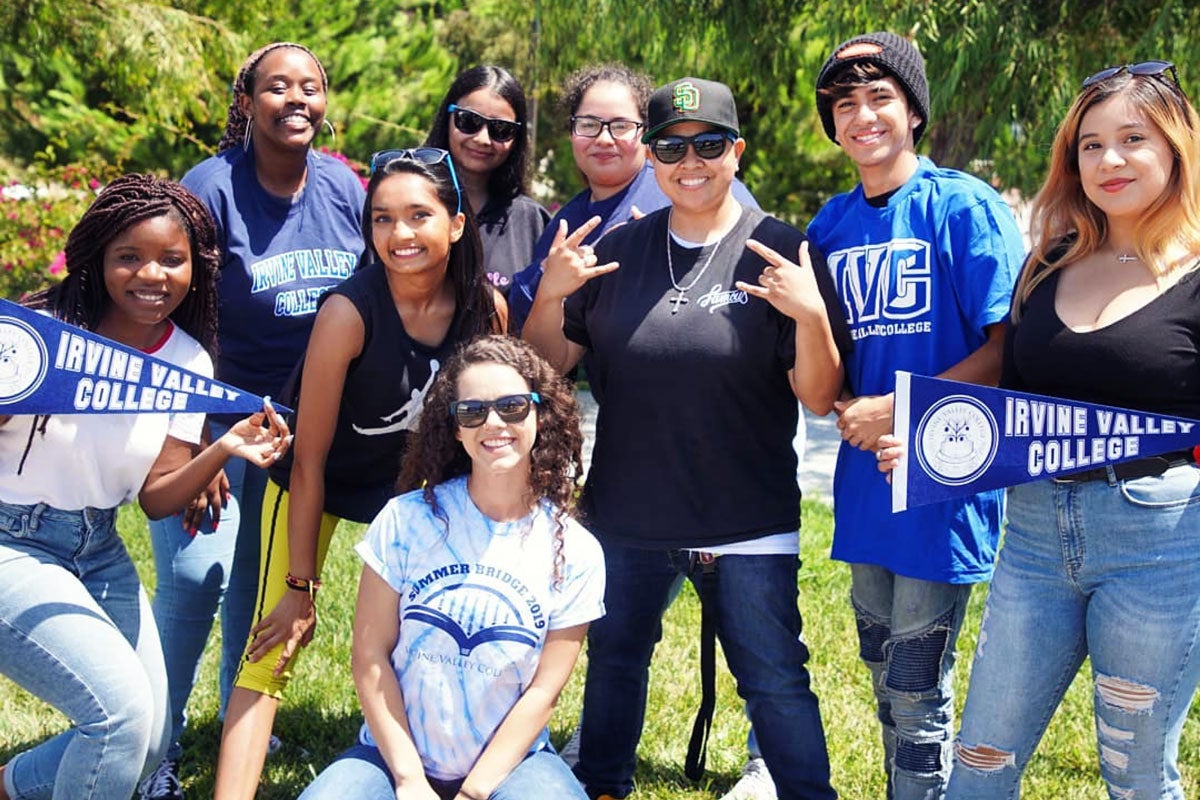Safe Dates is designed to prevent the initiation of emotional, physical, and sexual abuse in adolescent dating relationships. Intended for male and female 8th- and 9th-grade students, the goals of the program include the following:
- Changing adolescent dating violence and gender-role norms
- Improving peer helping and dating conflict-resolution skills
- Promoting victim and perpetrator beliefs in needing help and seeking help through community resources
Safe Dates has five components: a ten-session course, a play script, a poster contest, parent materials, and a teacher training outline. Research found reductions in sexual dating violence perpetration and victimization that continued through a four-year follow-up period.1
Shifting Boundaries is designed to reduce the incidence and prevalence of dating violence and sexual harassment among adolescents. Intended for male and female middle school students, the program has two parts: a classroom-based approach and a school-wide component. The goals of this program include the following:
- Increasing knowledge and awareness of sexual abuse and harassment
- Promoting positive social attitudes and a negative view of dating violence and sexual harassment
- Promoting nonviolent behaviors and intentions in bystanders
RealConsent is designed to reduce sexual violence perpetration behaviors among college men using a bystander-based model that draws on social cognitive and social norms theory. The goals of this program are to prevent sexually violent behavior toward women by:
- Increasing prosocial intervening behaviors, including knowledge of and skills for safely intervening
- Correcting misperceptions in normative beliefs about sex and rape
- Changing harmful attitudes toward rape
- Increasing knowledge of the elements of sexual consent
- Affecting masculine gender roles
Other programs and prevention strategies are gathering evidence for effectiveness. Four programs have been identified as promising, based on their comprehensive program models and evidence of impact on sexual violence in a non-rigorous evaluation or risk factors for sexual violence perpetration or related behaviors in a rigorous evaluation.4
Green Dot is a bystander-based prevention program designed to increase positive bystander behavior, change social norms, and reduce sexual and other forms of interpersonal violence perpetration and victimization. The program consists of a 5-hour training in bystander behavior for peer opinion leaders and campus/school-wide “persuasive speeches” to educate and engage the population. Green Dot was designed for college populations but has been adapted for high school, community, and military populations. A study found that Green Dot was associated with reductions in unwanted sexual victimization and sexual harassment, stalking, and dating violence victimization and perpetration on a college campus implementing the program compared to two comparison campuses without the intervention.5, 6 Further, significant decreases in sexual violence perpetration and victimization, sexual harassment, stalking, and dating violence perpetration and victimization were observed among high schools implementing Green Dot compared to control high schools.7
Second Step: Student Success Through Prevention (SS: SSTP) »
Second Step: SSTP is a school-based, social-emotional skills based program for middle school students aimed at reducing bullying, peer victimization, and other problem behaviors. The program is delivered over 15 weeks by teachers and includes content related to bullying, problem-solving skills, emotion management, and empathy. A multi-site evaluation found that Second Step was associated with reductions in sexual violence perpetration and homophobic teasing victimization in one of the two states where it was implemented following 6th and 7th grade implementation. More research is needed to understand differences in effectiveness observed by site and the effects of the program through 8th grade.8
Coaching Boys Into Men is a dating violence prevention program that uses the relationships between high school athletes and their coaches to change social norms and behaviors. The program consists of a series of 11 brief coach-to-athlete trainings that illustrate ways to model respect and promote healthy relationships. The program instructs coaches on incorporating the themes of teamwork, integrity, fair play, and respect into their daily practice and other routines. At one-year follow-up the program showed positive effects on dating violence perpetration (including physical and sexual violence), but effects on sexual violence were not assessed.9
Bringing in the Bystander
Bringing in the Bystander is a bystander education and training program designed for male and female college students. The program aims to engage participants as potential witnesses to violence, rather than as perpetrators or victims. Skills are provided to help when participants see behavior that puts others at risk. Skills include speaking out against rape myths and sexist language, supporting victims, and intervening in potentially violent situations. Research indicates that the program maintains a positive effect at 4.5 months following the intervention. More research is needed to understand the program’s effects on bystander behavior and sexual violence.10
Until more is known about what works to prevent sexual violence perpetration, program planners can use existing prevention principles[PDF 65.8 KB] » to strengthen their approaches and evaluate the effectiveness of new or existing programs. The prevention principles identified by Nation et al., in the resources below, are common characteristics of effective prevention strategies in behavioral health.
- Applying the Principles of Prevention: What do Prevention Practitioners Need to Know About What Works[PDF 195KB] »
- DeGue S. Evidence-based strategies for the primary prevention of sexual violence perpetration. In Preventing sexual violence on college campuses: lessons from research and practice.[PDF 918KB] 2014; Available from www.notalone.gov/schools/.
- Nation M, Crusto C, Wandersman A, Kumpfer K, Seybolt D, Morrissey-Kane E, Davino K. What works in prevention: principles of effective prevention programs[PDF 65.8KB] ». American Psychologist. 2003; 58(6/7): 449-56.
- Nine Principles of Effective Prevention Programs »
- Foshee VA, Bauman KE, Ennett ST, Suchindran C, Benefield T, Linder GF. Assessing the effects of the dating violence prevention program "Safe Dates" using random coefficient regression modeling. Prev Sci. 2005; 6(3):245–258.
- Taylor BG, Stein ND, Mumford EA, Woods D. Shifting Boundaries: an experimental evaluation of a dating violence prevention program in middle schools. Prev Sci. 2013; 14(1):64–76.
- Salazar LF, Vivolo-Kantor A, Hardin J, Berkowitz A. A web-based sexual violence bystander intervention for male college students: randomized controlled trial. Journal of Medical Internet Research. 2014; 16(9): e203.
- DeGue S. Evidence-based strategies for the primary prevention of sexual violence perpetration. In Preventing sexual violence on college campuses: lessons from research and practice. 2014; Available from www.notalone.gov/schools/.
- Coker AL, Bush HM, Fisher BS, Swan SC, Williams CM, Clear ER, DeGue S. Multi-college bystander intervention evaluation for violence prevention. American Journal of Preventive Medicine. 2015. Advance online publication. Available from http://www.ajpmonline.org/article/S0749-3797(15)00553-X/abstract ».
- Coker AL, Fisher BS, Bush HM, Swan SC, Williams CM, Clear ER, DeGue S. Evaluation of the Green Dot bystander intervention to reduce interpersonal violence among college students across three campuses. Violence Against Women. 2014; 21(12):1507-27.
- Coker AL, Bush HM, Cook-Craig PG, DeGue SA, Clear ER, Brancato, CJ, et al. RCT Testing Bystander Effectiveness to Reduce Violence. Am J Prev Med. 2017.
- Espelage DL, Low S, Polanin JR, Brown EC. Clinical trial of Second Step© middle-school program: Impact on aggression & victimization. Journal of Applied Developmental Psychology. 2015; 37: 52-63.
- Miller E, Tancredi DJ, McCauley HL, Decker MR, Virata MCD, Anderson HA, O’Connor B, Silverman JG. One-year follow-up of a coach-delivered dating violence prevention program: a cluster randomized controlled trial. Am J Prev Med. 2013; 45(1): 108–112.
- Banyard VL, Moynihan MM, Plante EG. Sexual violence prevention through bystander education: an experimental evaluation. J Community Psychol. 2007; 35(4); 463–481.
- CDC’s Extramural Research Program »CDC funds universities, medical centers and other outside organizations to conduct research related to IPV prevention.
This document is a compilation of existing tools for assessing intimate partner violence and sexual violence victimization in clinical and healthcare settings.
This compendium provides professionals who address intimate partner violence with easy access to a set of tools with demonstrated reliability and validity for measuring the self-reported incidence and prevalence of intimate partner victimization and perpetration.
National Sexual Violence Resource Center »
The National Sexual Violence Resource Center identifies and disseminates information, resources, and research on all aspects of sexual violence prevention and intervention.
Sexual Violence Surveillance: Uniform Definitions and Recommended Data Elements[PDF 2MB], Version 2.0.
This document includes the latest information available for standardizing sexual violence surveillance definitions and data elements for policymakers, researchers, public health practitioners, victim advocates, service providers, and media professionals.
World Report on Violence and Health[PDF 247KB] ;
This report is the first comprehensive review of violence on a global scale. Chapter 6 provides detailed information on sexual violence, including prevention strategies.
- Bachar K, Koss MP. From prevalence to prevention: Closing the gap between what we know about rape and what we do. Sourcebook on Violence Against Women. Renzetti C, Edleson J, Bergen RK, editors, Thousand Oaks, CA: Sage; 2001.
- Basile KC. A comprehensive approach to sexual violence prevention. New Eng J Med. 2015; 372(24):2350-2352.
- Basile K. Implications of public health policy on sexual violence. Ann N Y Acad Sci. 2003; 989:446–463.
- Casey EA, Lindhorst TP. Toward a multi-level, ecological approach to the primary prevention of sexual assault: prevention in peer and community contexts. Trauma Violence Abuse. 2009; 10: 91–114.
- Centers for Disease Control and Prevention. Preventing sexual violence on college campuses: Lessons from research and practice. 2014. Available from www.notalone.gov/schools/.
- DeGue S, Holt MK, Massetti GM, Matjasko JL, Tharp AT, Valle LA. Looking ahead toward community-level strategies to prevent sexual violence. J Women's Health. 2012; 21(1): 1-3.
- DeGue S, Simon TR, Basile KC, Yee SL, Lang K, Spivak H. Moving forward by looking back: reflecting on a decade of CDC’s work in sexual violence prevention, 2000-2010. J Women's Health. 2012; 21.
- DeGue S, Valle LA, Holt MK, Massetti GM, Matjasko L, Tharp AT. A systematic review of primary prevention strategies for sexual violence perpetration. Aggress Violent Behav. 2014; 19(4): 346-362.
- Foshee V, Bauman KE, Ennett ST, Benefield T, Suchindran C, Linder GF. Assessing the long-term effects of the safe dates program and a booster in preventing and reducing adolescent dating violence victimization and perpetration. Am J Public Health. 2004;94: 619-624.
- Lee D, Guy L, Perry B, Sniffen CK, Mixson SA. Sexual violence prevention. The Prevention Researcher. 2007;14(2):15–20.
- Lonsway KA, Banyard VL, Berkowitz AD, Gidycz CA, Katz JT, Koss MP, Schewe PA, Ullman SE. Rape prevention and risk reduction: review of the research literature for practitioners. January 2009 newsletter. Vawnet.org.
- McMahon P. The public health approach to the prevention of sexual violence. Sexual abuse: a journal of research and treatment. 2000; 12:27–36.
- Miller E, Tancredi DJ, McCauley HL, Decker MR, Virata MC, Anderson HA, Silverman JG. Coaching boys into men: a cluster-randomized controlled trial of a dating violence prevention program. J of Adolesc Health 2012;51(5), 431-438. doi:10.1016/j.jadohealth.2012.01.018
- Morrison S, Hardison J, Mathew A, O’Neil J. An evidence-based review of sexual assault preventive intervention programs. Department of Justice. 2004.
- National Sexual Violence Resource Center. Key Findings From “A Systematic review of primary prevention strategies for sexual violence perpetration” written by Sarah DeGue, et al. 2014. Available from www.nsvrc.org.
- Schewe PA. Interventions to prevent sexual violence. In: Doll L, Bonzo S, Sleet D, Mercy J, Hass E, editors. Handbook of Injury and Violence Prevention. New York, NY: Springer; 2007: 183–201.
- Wathen CN, MacMillan HL. Interventions for violence against women: scientific review. J Am Med Assoc. 2003; 289: 589–600.
(Source Centers for Disease Control and Prevention)





